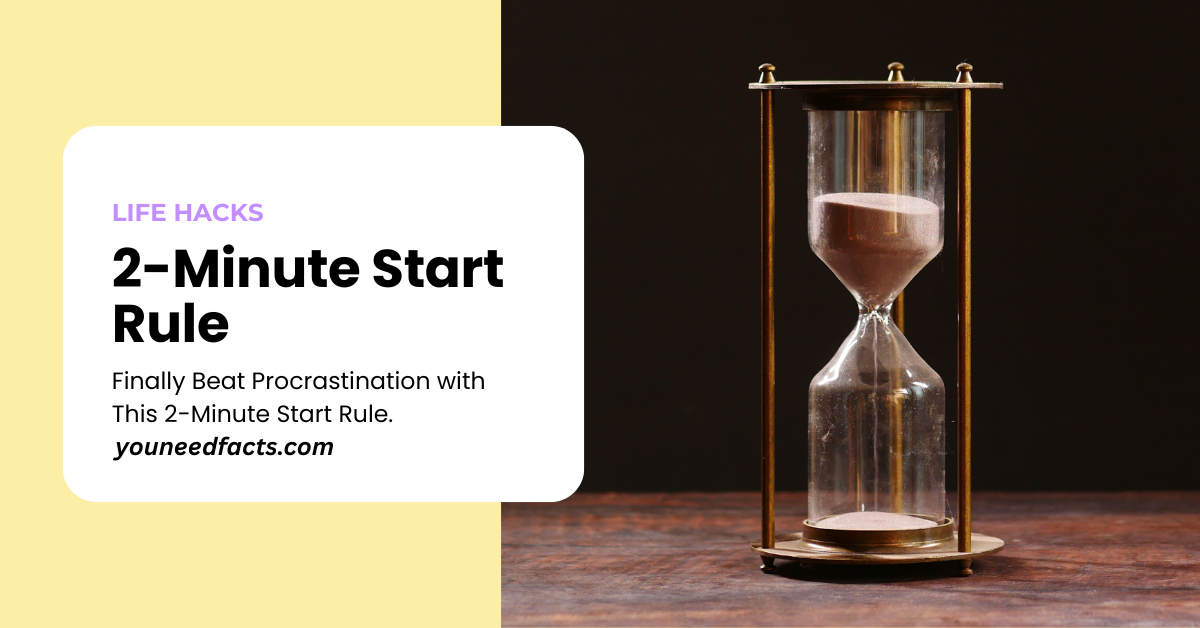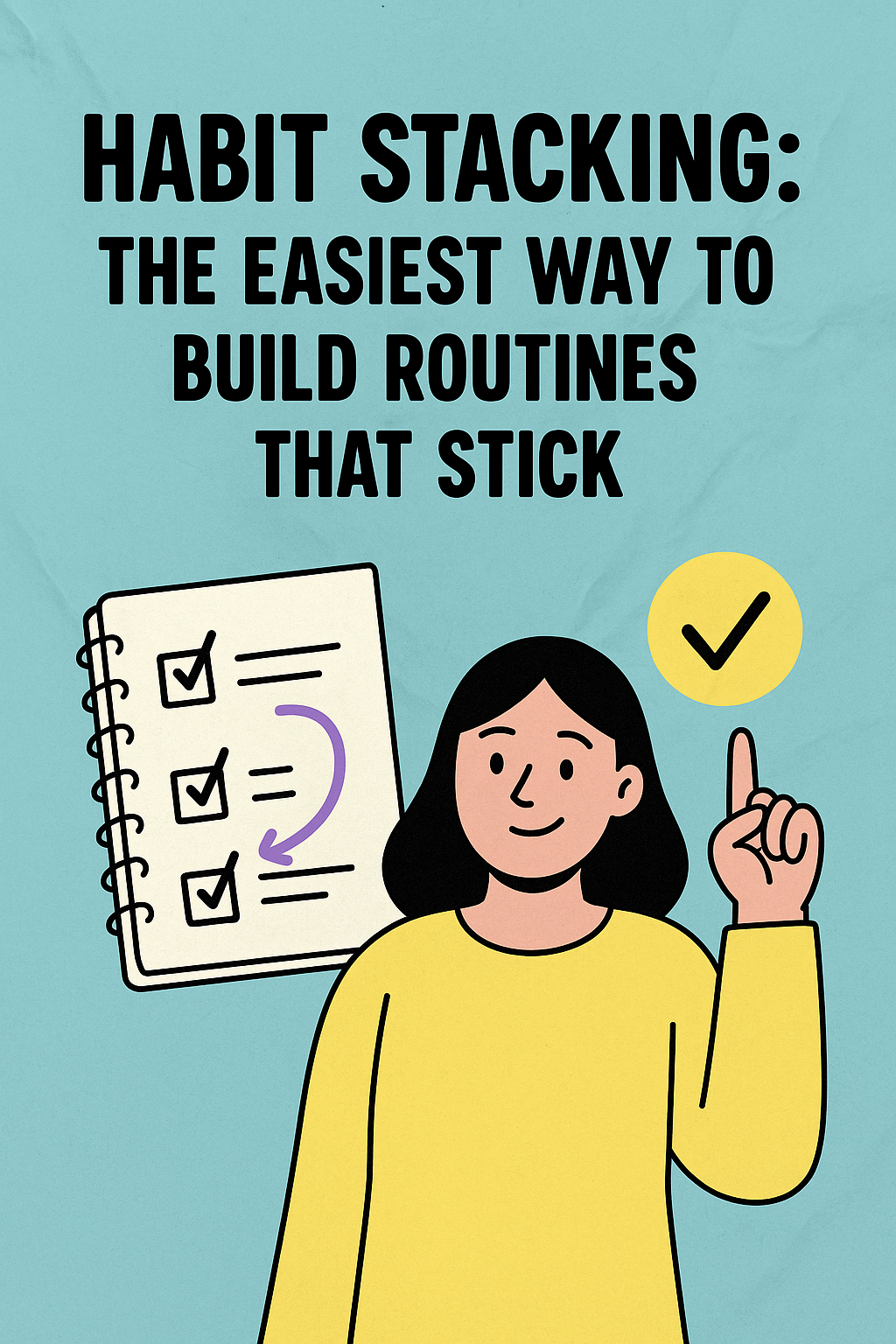Quick take: Temptation Bunding means you pair something you enjoy with something you tend to avoid. You let the fun activity pull you into the useful task. You move from delay to action because the bundle raises motivation and lowers friction.
Temptation Bunding Explained, Why It Works
We avoid effort when a task feels boring or heavy in the moment. Bundling flips the feeling. When you link a reward to the task, you make the moment attractive. Behavioral research shows that pairing a tempting activity with a valuable action can raise follow through in the real world. For a plain language look at a peer reviewed field study on this idea, see this open access article from the National Institutes of Health, Holding the Hunger Games Hostage at the Gym.
How to Start Temptation Bunding Today
- Pick one avoided task: Choose a task that matters, yet you delay. Keep it concrete so you can start today.
- Pick one true temptation: List activities you love. Audio shows, sweet drinks, favorite playlists, cozy settings.
- Write the link: Promise yourself you will only enjoy the temptation while you do the task. Make it clear and visible.
Use Implementation Intentions With Temptation Bunding
Implementation intentions turn plans into action with one sentence. Write an if then plan that links your cue, your task, and your reward. This keeps the plan simple, and it makes the moment obvious.
| Avoided Task | Temptation | If Then Plan | Why It Helps |
|---|---|---|---|
| Gym session | Favorite podcast | If I step on the treadmill at six, then I press play on that show | The show pulls you in, the walk starts without debate |
| Inbox zero | Iced latte | If I open email at nine, then I sip the latte while I clear ten notes | Taste turns focus time into a small treat |
| Study block | Lo fi playlist | If I sit at my desk after lunch, then I start the playlist and read three pages | Music signals start, attention follows |
| House chores | Episode of a comfort show | If I begin cleaning on Sunday, then I play one episode while I fold and sweep | The show makes time pass faster |
Temptation Bunding for Work, Health, and Learning
Work and Focus
Pair a favorite drink with your first writing sprint. Pair a sunny corner of the room with deep reading. Pair a feel good playlist with a weekly review. Keep rewards exclusive to the task so the bond stays strong.
Health and Energy
Pair audiobooks with walks. Pair spa style shower gel with post workout recovery. Pair your best smoothie with a veggie first lunch. Design the setting so the treat only appears when you move.
Learning and Growth
Pair quiet jazz with language drills. Pair a special pen with nightly journaling. Pair a nice chair by the window with study time. You will look forward to the moment because the bundle feels good.
Troubleshooting, Make Your Bundle Stick
- The reward leaks into other times: Protect the rule. Keep the treat special and tied to the task only.
- The task still feels heavy: Shrink the first step. Try two minutes to start, let momentum carry you further.
- I forget the plan: Place cues in sight. Headphones by the shoes, coffee near the desk, book on the pillow.
- The treat loses its shine: Rotate rewards. New music, new shows, new flavors keep motivation fresh.
Temptation Bunding Plus Accountability
Tell a friend about your plan. Share a quick check in after each session. Use a simple chart to mark wins. You will feel proud to report progress, and the bundle will become a habit you enjoy.
Join Our Daily Learning Plan
Get one short, science based idea in your inbox each day. Start on our homepage, and if you have questions, reach us on our contact page. We built this site to help you grow with simple tools that work in real life.
FAQ
It is the act of pairing a fun activity with a useful task so you want to start and you keep going.
The reward happens during the task, not after it. You feel good in the moment, so you stop avoiding the start.
No. Try music, shows, books, scents, warm light, or a cozy seat. Pick rewards that feel healthy and easy to control.
Yes. The bundle removes friction and adds pull. Add a tiny start and an if then plan for an even bigger lift.
Yes. Pair group treats with shared tasks. Keep the rule simple and fair so everyone knows how to earn the reward.


